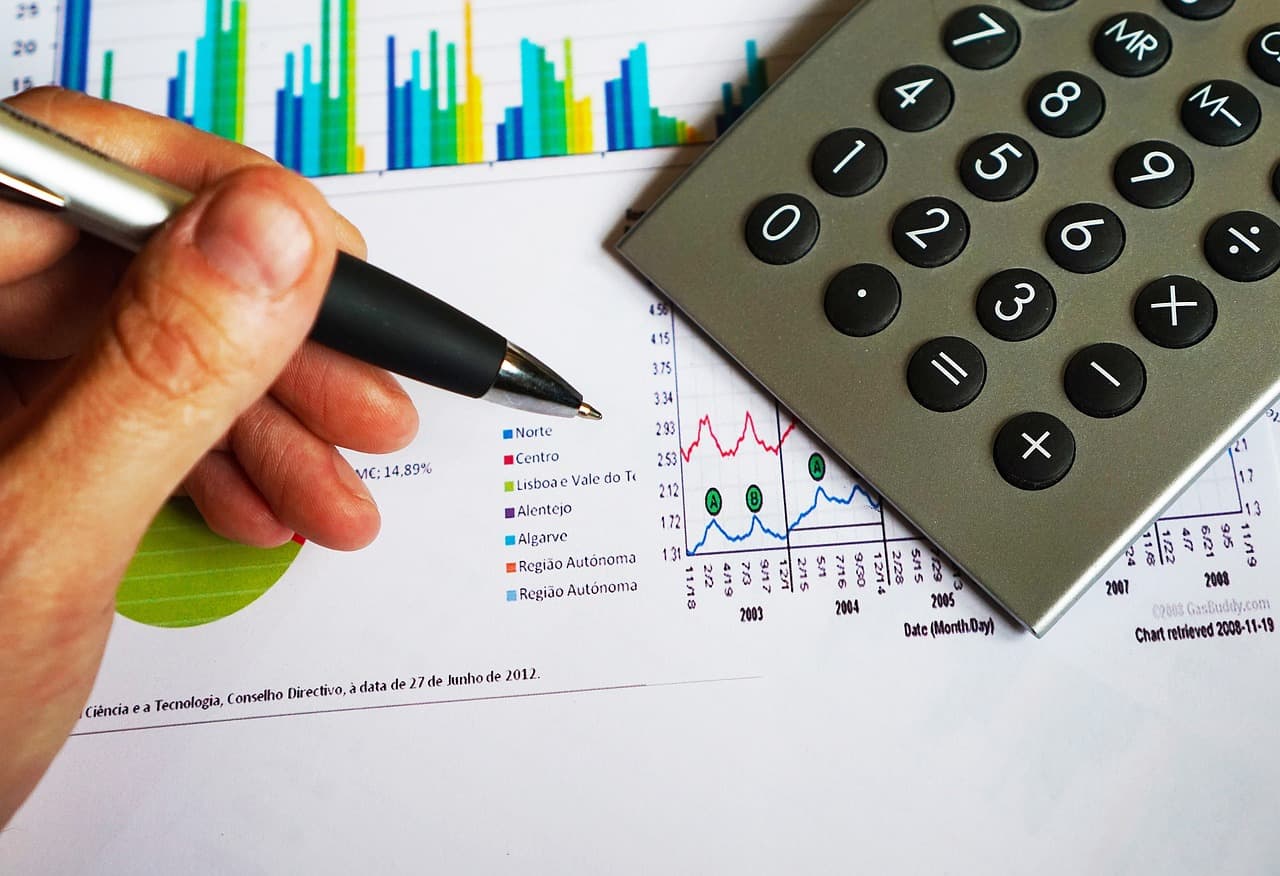Steps and tools required to complete a typical data analysis project
The data analytics process is a comprehensive journey that transforms raw data into actionable insights.
While specific methods may vary across different types of data analysis, the core steps remain consistently crucial for achieving valuable outcomes.
Let’s delve deeper into the typical stages a data analyst navigates through during their analysis.
1. Problem definition
The foundation of any data analysis project is a clearly articulated objective or problem statement. This crucial step involves identifying and defining the business problem or question that needs to be answered.
By establishing a clear problem statement, the data analyst sets the stage for focused analysis, ensuring that all subsequent efforts are aligned with solving this specific issue.
This clarity guides the selection of data, analysis methods, and ultimately, the interpretation of results, aiming for insights that directly address the identified problem.
Tools
- Mind mapping software: Tools such as XMind, Lucidchart, and MindMeister are invaluable for brainstorming sessions, allowing analysts to define problems clearly by visually organising thoughts and information.
- Project management tools: For managing the scope and objectives of analytics projects, platforms like Trello, Asana, and JIRA ensure tasks are structured and progress is tracked efficiently.
2. Data collection
The next phase involves gathering data from a variety of sources tailored to the problem at hand.
This may include extracting information from social media platforms, analysing responses from customer surveys, mining website analytics for user behaviour, or tapping into the wealth of data stored in internal databases.
The goal here is to compile a comprehensive dataset that provides a well-rounded foundation for analysis.
Tools
- Web scraping tools: BeautifulSoup and Scrapy (Python libraries), along with Octoparse, facilitate efficient extraction of data from web pages, making online data collection seamless.
- APIs: Utilising RESTful APIs from social media platforms and services like Twitter, Facebook, and Google Analytics enables direct data collection from these sources.
- Databases: For storage and management, SQL databases (e.g., MySQL, PostgreSQL) and NoSQL databases (e.g., MongoDB, Cassandra) offer robust solutions.
- Surveys and forms: Tools such as Google Forms, SurveyMonkey, and Typeform are perfect for gathering data directly from users through surveys and forms.
3. Data cleaning and preparation
Raw data is rarely in a perfect state for analysis. It often contains inaccuracies, inconsistencies, or missing values that can skew results.
During this stage, data analysts meticulously clean and organise the data, a process that may involve removing outliers, filling in missing values, and ensuring that the data is formatted uniformly.
This step is critical for maintaining the integrity of the analysis and ensuring that subsequent findings are based on reliable data.
Tools
- Data wrangling tools: Pandas (a Python library), R (using dplyr, tidyr), and platforms like Trifacta and Alteryx are crucial for cleaning and preparing data for analysis.
- Extract Transform and Load (ETL) tools: Software like Talend, Informatica PowerCenter, and SSIS play a key role in the extract, transform, and load processes, ensuring data is accurate and ready for analysis.
4. Data analysis
With clean data in hand, analysts apply statistical techniques and leverage specialized software to sift through the dataset. This stage is where patterns, trends, and correlations are uncovered.
Through methods ranging from simple descriptive statistics to complex machine learning algorithms, analysts decipher the stories hidden within the data, gaining insights into behaviours, preferences, and potential future trends.
For more on the types of analysis you can carry out click here
Tools
- Statistical and computational tools: For in-depth analysis, tools like R, Python (with NumPy, SciPy libraries), and MATLAB are indispensable.
- Big data processing frameworks: Apache Hadoop and Apache Spark are essential for handling and processing large datasets efficiently.
- Machine learning libraries: Libraries such as scikit-learn, TensorFlow, and PyTorch enable the application of machine learning algorithms to enhance data analysis.
5. Data visualisation
The insights derived from data analysis are most impactful when they are easily understandable. Data visualisation involves the use of charts, graphs, and dashboards to present these findings in a visually appealing and intuitive manner.
Effective visualisation not only highlights key trends and patterns but also makes the results accessible to stakeholders who may not have a technical background.
Tools
- Basic visualisation tools: For straightforward visual representations, Microsoft Excel and Google Sheets can be utilised for creating charts and graphs.
- Advanced visualisation software: Tableau, Power BI, and Qlik Sense offer advanced capabilities for developing interactive dashboards and complex visualisations.
- Programming libraries: For custom visualisations, libraries like Matplotlib, Seaborn (Python), ggplot2 (R), and D3.js (JavaScript) offer extensive customisation options.
6. Communication and decision-making
The final step is the communication of insights to decision-makers and relevant stakeholders. The ability to clearly articulate findings and their implications is paramount.
This stage transforms data-driven insights into actionable business decisions, enabling leaders to devise strategies based on evidence rather than intuition.
Through effective communication, the value of data analysis is realised, influencing policy, strategy, and operational adjustments.
Wrapping up
The data analytics process empowers you to transform raw data into actionable insights, acting as a compass that guides informed decision-making.
By mastering the various stages and equipping yourself with the appropriate tools, you unlock a powerful arsenal for extracting valuable knowledge from the ever-growing ocean of information.
Remember, the journey of data analysis is continuous, offering endless opportunities for exploration and refinement. Embrace the learning process, experiment with different tools, and embark on your quest to unlock the transformative potential of data.






